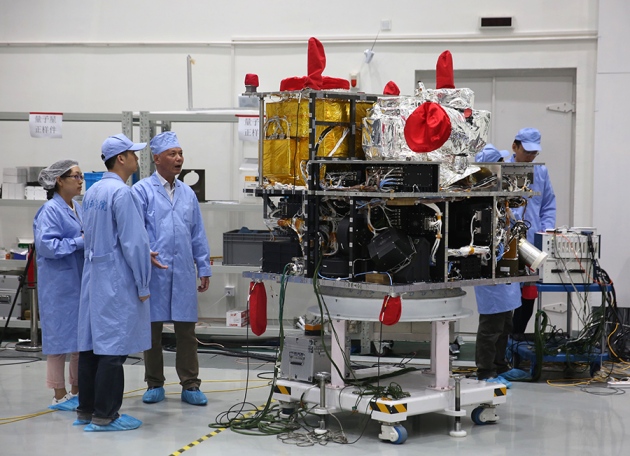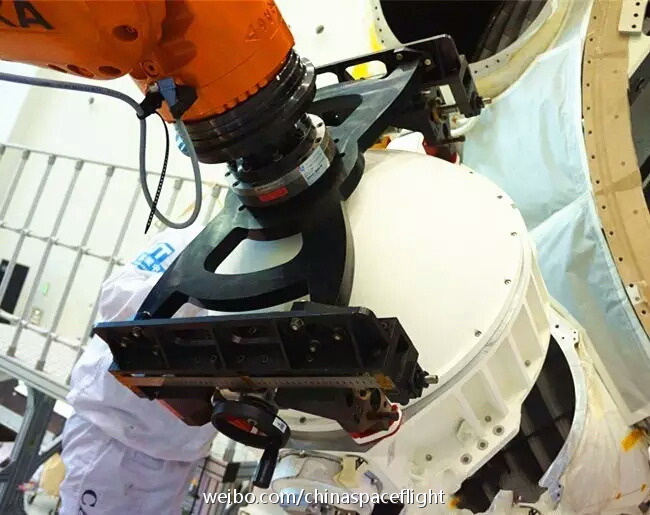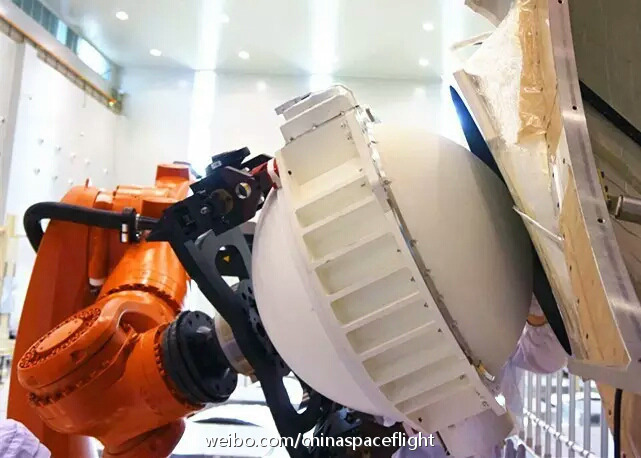Q&A: China lunar chief plots voyage to far side of moon
By
Dennis Normile, Jul. 21, 2016 , 2:00 PM
As chief designer for the China National Space Administration's (CNSA’s) Chang'e lunar exploration program, Wu Weiren oversaw the Chang’e-3 mission that in late 2013 landed and released a rover on the moon's surface—the first soft touchdown on Earth’s satellite since a Soviet mission in 1976.
Two even more ambitious missions are on the way as China continues its
rapid ascent in space science. Next year, Chang'e-5 will land, scrape up surface soil and rocks, drill down 2 meters for samples, and return the haul to Earth, all within 2 weeks or so. In 2018, CNSA, which runs the lunar program, will attempt the first ever landing on the far side of the moon. Remote observations of the far side’s geology have convinced some planetary scientists that it is the most accessible location in the solar system to study planetary accretion, crust formation, and the effects of impacts. An engineer, Wu concedes that engineering has priority in China’s lunar program: Without solid engineering, he says, scientific objectives cannot be realized.
The interview, conducted at CNSA headquarters in Beijing, was edited for brevity and clarity.
Q: Is Chang'e-3 still making observations?
A: It is. It has been functioning for more than 30 months. It has already fulfilled completely its scientific and engineering missions and is currently working overtime, conducting scientific observations, and testing [spacecraft components] for endurance.
Q: What is the schedule for Chang'e-5? Is the landing site on the moon's Ocean of Storms?
A: Chang'e-5 will be launched next year. We can't be too specific because of various factors but let's say the second half of next year. The Ocean of Storms is a big [region]. We don't want to duplicate [the Russian and U.S.] landing locations. So we're choosing in this [region] but with some consideration for an unprecedented landing site. From the launch until the samples return to Earth would be about a couple dozen days.
Q: Regarding Chang'e-4, is it correct that there will be a communications relay satellite launched in June 2018, and then the Chang'e-4 spacecraft itself with its rover launched before the end of 2018?
A: It is roughly correct. It depends very much on various factors when to launch this mission. But we are pretty sure it will be conducted by the year 2018. The mission includes a relay satellite, a lander, as well as a rover.
Q: Chang'e-4 was developed as a backup to Chang'e-3, with a lander and rover. Will the scientific instruments be similar?
A: We do not want to duplicate [the Chang'e-3] effort. So Chang'e-4 will have new instruments and upgraded instruments. In terms of categories, the first would be topography, to see the overall landscape of the moon. The second category would be geology, to further explore the geologic characteristics of the [moon]. The third category would be astronomy, observing the universe, and also solar activity, from the far side of the moon. [That will be] unprecedented.
Q: Will there be a Chang'e-6?
A: It is the Chinese practice to make redundant missions. Chang'e-6 is a backup for Chang'e-5. Once Chang'e-5 achieves complete success, the mission of Chang'e-6 will be redefined. [Launch] won't happen for a few years after Chang'e-5.
Q: Which has been more important: advancing your technological capabilities or the scientific objectives?
A: Engineering objectives have always been given priority in our lunar missions. We have to guarantee that we can access space, access a lunar orbit, and the lunar surface to realize the scientific objectives. We look carefully at our engineering objectives and the competences that we have and then based on that we design our scientific objectives.
Q&A: China lunar chief plots voyage to far side of moon | Science | AAAS



















